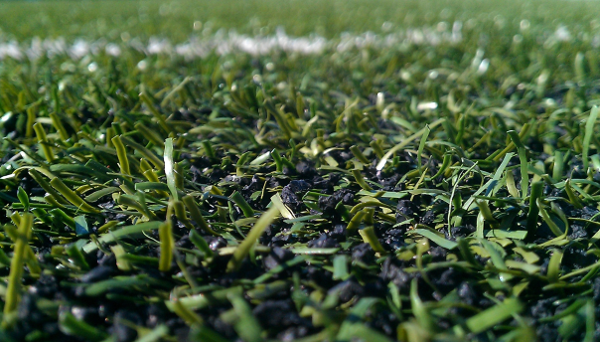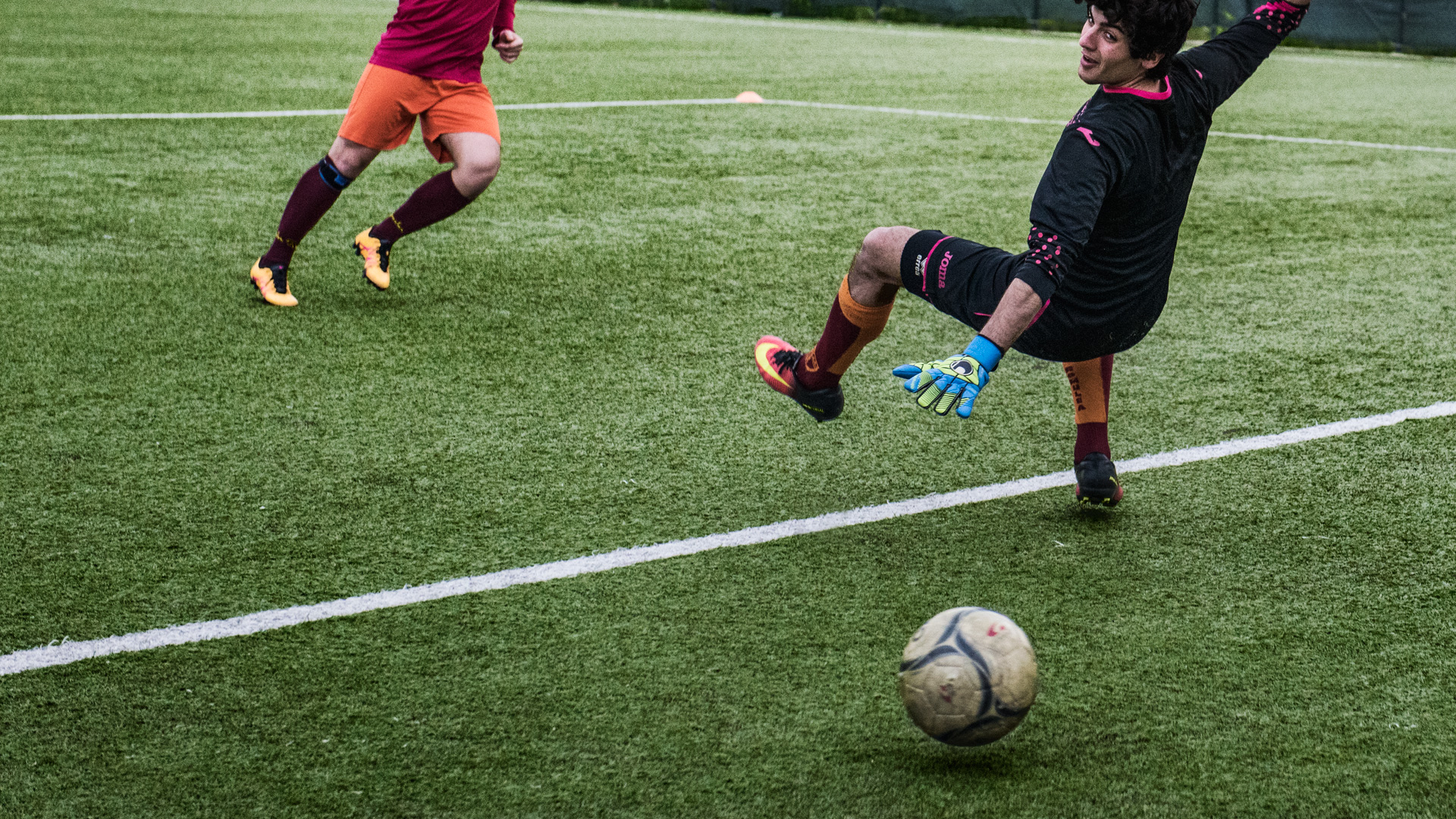Trusted Phoenix Turf Companies Offering Superior Synthetic Grass Installation
Trusted Phoenix Turf Companies Offering Superior Synthetic Grass Installation
Blog Article
Explore the Environmental Conveniences of Opting for Artificial Turf Solutions
The fostering of synthetic grass options presents a compelling possibility to resolve pressing environmental challenges. By substantially lowering water use and lessening the application of damaging chemicals, these alternatives not just advertise lasting landscape design but also safeguard regional communities. The lower carbon footprint associated with decreased maintenance activities adds to an extra lasting approach to land monitoring. The ramifications of these advantages extend past plain preservation initiatives, increasing questions about their long-lasting impact on environment conservation and overall eco-friendly equilibrium. Exploring these dimensions discloses an intricate interaction worth considering.
Water Conservation Advantages
Among one of the most considerable benefits of synthetic grass is its ability to conserve water. Typical turf yards need substantial watering, specifically in areas susceptible to dry spell or water constraints. On the other hand, synthetic grass does not need watering, significantly minimizing the general need for water sources. This attribute is particularly advantageous in dry regions where water scarcity is a pushing concern.
By eliminating the demand for normal watering, fabricated lawn adds to lasting landscape methods and helps mitigate the ecological influence of excessive water usage. Moreover, the preservation of water expands to the reduction of runoff, which can result in dirt disintegration and waterway pollution.
Furthermore, the setup of artificial lawn allows municipalities and home owners to allot water resources more successfully, concentrating on vital usages such as drinking water and agriculture. The change in the direction of man-made turf not only promotes accountable water usage but also lines up with more comprehensive ecological goals focused on preserving all-natural resources.
As communities increasingly prioritize sustainability, the water preservation advantages of synthetic lawn offer a compelling situation for its fostering in property and industrial landscape design projects.
Lowered Chemical Usage
The transition to artificial turf considerably decreases the dependence on chemical treatments typically utilized in all-natural lawn upkeep. Typical lawn administration generally entails the application of pesticides, herbicides, and fertilizers to promote growth and control insects. These chemicals can pose dangers to human health, regional wild animals, and the atmosphere, adding to dirt and water contamination.
In comparison, synthetic grass removes the need for these harmful compounds. By minimizing the release of artificial compounds into the ecological community, synthetic lawn advertises much healthier dirt and water systems.
In addition, the absence of chemical runoff connected with man-made turf installments aids protect neighborhood waterways from pollution, supporting water life and maintaining biodiversity. Turf installation phoenix az. As areas significantly focus on lasting practices, choosing fabricated lawn provides a feasible service that lines up with ecological conservation objectives. With this shift, home proprietors can appreciate lavish eco-friendly areas without endangering ecological wellness, paving the means for a much more sustainable future
Reduced Carbon Impact

Additionally, the installment of synthetic grass can cause substantial water preservation. All-natural yards need considerable quantities of water for watering, which not Homepage just contributes to the carbon footprint linked with water extraction and treatment however likewise pressures local water resources. In comparison, artificial lawn needs very little maintenance, requiring no watering, therefore considerably minimizing water use and its associated energy prices.
Furthermore, the longevity of synthetic lawn contributes to its lower carbon impact. With a life expectancy of as much as 15 years or more, the need for frequent replacements is decreased, leading to less waste and reduced power intake in production and throwing away standard grass choices. Generally, artificial grass provides a sustainable alternative for environmentally mindful landscaping.
Environment Conservation
Habitat conservation is an important consideration in the debate over landscaping options, specifically when comparing synthetic grass to all-natural grass. Natural turf yards commonly call for substantial maintenance, consisting of making use of plant foods, pesticides, and herbicides, which can adversely influence regional environments. These chemicals can leach right into the soil and rivers, harming native plants and fauna and interrupting local environments.
Fabricated turf removes the requirement for unsafe chemicals, consequently securing neighboring wildlife and preserving the integrity of bordering environments. The installment of man-made turf can lead to the conversion of previous yard locations into even more biodiverse landscapes, such as pollinator gardens or indigenous plant locations, which can sustain local wild animals.
Eventually, the shift to synthetic grass not only preserves water and decreases upkeep efforts however additionally fosters an extra harmonious connection between human tasks and the natural surroundings, promoting environment conservation in the process.
Long-Term Sustainability
Long-lasting sustainability is a crucial aspect in reviewing the advantages of fabricated turf over typical grass yards. Among one of the most like this significant advantages of artificial grass wikipedia reference is its sturdiness; it can last as much as 15-20 years with very little maintenance, whereas natural lawn calls for frequent reseeding and replacement. This long life minimizes the requirement for continuous sources, such as water, plant foods, and pesticides, which are essential for preserving a healthy and balanced grass yard.
In addition, synthetic grass adds to a decrease in carbon emissions connected with grass care tools. Standard lawns usually require gas-powered mowers, trimmers, and blowers, every one of which contribute to air contamination. Artificial turf companies phoenix. In comparison, synthetic grass gets rid of the demand for such tools, promoting a cleaner environment
Furthermore, the production of synthetic grass progressively makes use of recycled materials, enhancing its sustainability account. As producers embrace eco-friendly practices, the ecological impact of synthetic lawn continues to lessen.

Conclusion
The fostering of synthetic grass remedies presents significant ecological advantages, including considerable water conservation, minimized dependence on hazardous chemicals, and a reduced carbon impact. Fabricated turf aids in preserving all-natural environments by decreasing land disturbance and advertising lasting sustainability through the use of resilient materials. Jointly, these elements emphasize the possibility of artificial grass to add positively to ecological wellness and provide a sensible choice to traditional landscape design techniques in an increasingly resource-conscious world.
In comparison, artificial turf does not need watering, significantly lowering the total demand for water sources. By lessening the launch of artificial substances right into the ecological community, fabricated turf advertises much healthier dirt and water systems.
Additionally, the setup of artificial turf can result in substantial water preservation. In comparison, synthetic lawn requires minimal maintenance, requiring no watering, thereby dramatically reducing water usage and its linked energy prices.

Report this page